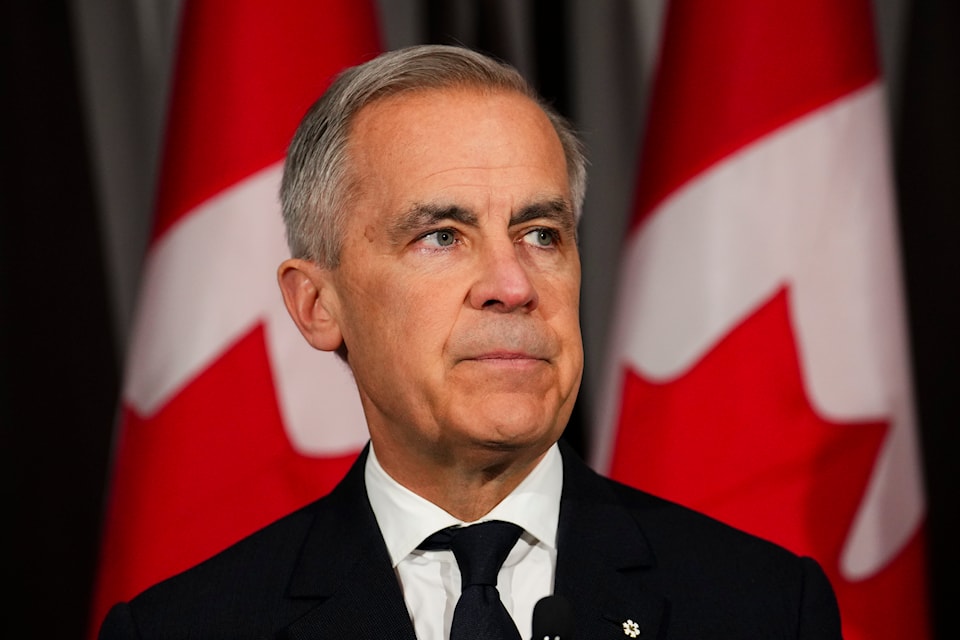On March 1, 2025, the pollster Léger published data indicating a 13-point lead for the Conservative Party of Canada in a National Post-affiliated poll.
This was the last Léger poll to indicate a Conservative lead before the Federal election, the pollster had only indicated a Liberal lead as recently as May 28, 2023, a streak of 643 days.
By the time Prime Minister Justin Trudeau stepped down, some estimates put the Liberal Party below 100 seats, indeed possibly as low as 50, indicating a Conservative supermajority.
However, by election night, April 28, 2025, Prime Minister Mark Carney, who took over the Liberal Party from Trudeau, had estimates from pollster aggregator 338Canada around 185 seats, with 154 labelled as “safe” with a more than 90 per cent possibility of the Liberal Candidate winning.
With Carney projected by CTV to win the election at 10:11 EST and keeping Canada's government red until the 46th federal election, which will be in 2029 at the latest.
Many people, especially fans of the band Talking Heads, will ask themselves “How did we get here?” when Canada’s Centre-Right Liberal Party was looking a collapse not seen since a similarly Centre-Right Conservative Party collapse of 1993 when they dropped to only two seats from their 1988 count of 169, enough then to form a majority government in that election.
One of the first areas to look at is the party that backed Trudeau, allowing him to form government, the New Democratic Party (NDP).
The NDP, a social democratic party, is on track to lose party status in this election, as it seems voters have moved from NDP orange to Liberal red to prevent a Conservative win. This is paired with more Liberal leaning Conservatives leaving the party around the same time.
The NDP has also been heavily criticized for not differentiating itself from the Liberals and not following through on threats to pull support.
The reason for this sudden reshuffling of voters is not purely Canadian but a harsh reaction to President Donald Trump’s policies and attack on Canadian sovereignty, doubling down shortly before the election on social media, calling Canada the future 51st state.
Conservative Party leader Pierre Poilievre holds heavy ideological associations with Trump and similar political backing through groups like the International Democracy Union (IDU) which backs both the Conservatives Party of Canada and the Republican Party in the United States as well as other fascistic or fascist sympathizing parties internationally such as Bother of Italy, Kuomintang (Taiwan) and Likud (Isreal).
Many people also reacted to President Trump’s deportations without due process, raising human rights concerns and the instant economic collapse of America caused a fleeing those who left from Liberal to become Conservative or undecided voters over cost-of-living concerns back to the Liberals or to a minor party making the Conservatives drop a few percentage points in the polls in early April and shooting the Liberals into the low 40s.
Poilievre also proposed using the notwithstanding clause to override rights guaranteed in the Canadian Charter of Rights and Freedoms in certain matters of crime, drawing a comparison to the Republicans.
Canada also turned to a Liberal leader who has a storied history in Canadian and English banking and finance, while having a PhD, in the subject of economics from Oxford University, brings confidence in the party’s ability to deal with upcoming financial troubles and trade wars with the red party down south of the border, run by Trump.
With these attacks on Canada’s identity as a sovereign nation, it is clear that the voters’ priorities and views have changed; they have moved back to the Liberal Party, keeping Canada red.




